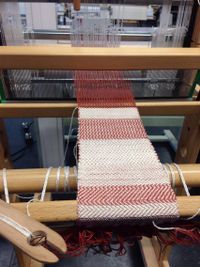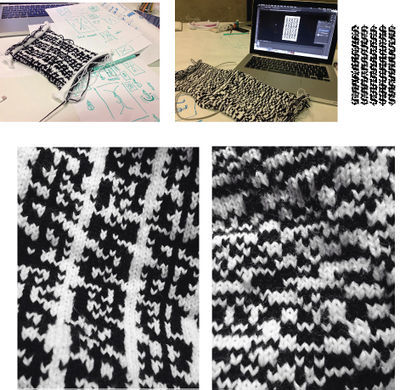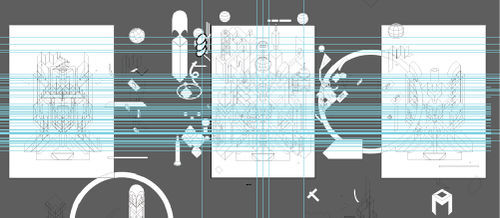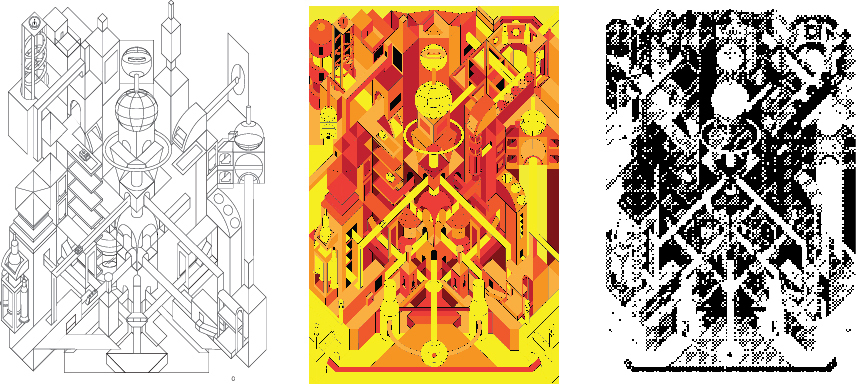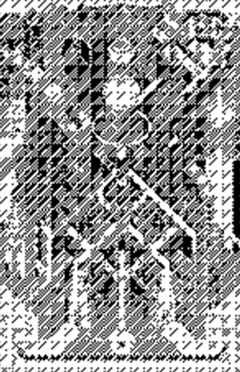Difference between revisions of "User:Camie"
| Line 36: | Line 36: | ||
| − | [[File:Camie_dg24.jpg| | + | [[File:Camie_dg24.jpg|400px|right]] [[File:Camie_dg24.jpg|400px|left]] |
Revision as of 20:44, 20 April 2016
0901265@hr.nl / Graphic Design
The old craft assignment is on this page > History of stitching: PROCES
Why am I a maker? (draft)
I’m a maker simply because of my need to give embodiment to what my mind envelopes out of the connection between my thoughts and my environment.
I’m a maker the moment these networks become the voices of the people that surround my work, trying to understand it, grasping at its meaning.
I’m a maker when at the same time I can express that meaning of action, and my work becomes the tool for more to come.
Stitching
Fish net scarf
First I wanted to check out weaving. When googling stitching I came onto a youtube tutorial of cardboard weaving, and decided to do that first as an introduction. It was fun, but not that challenging, so I went to the Fabric Station and got a hold of the weaving machine. There I received a document with weaving techniques and studied these, trying all of those techniques in a scarf. Also I decided to experiment with materials, and added the blue thread of a fishing net. It was a very hard, uneasy-to-mingle thread - so I really had to pull tight to get the wires attached.
"Weaving is a method of textile production in which two distinct sets of yarns or threads are interlaced at right angles to form a fabric or cloth. Similar methods are knitting, felting, and braiding or plaiting. The longitudinal threads are called the warp and the lateral threads are the weft or filling. (Weft or woof is an old English word meaning "that which is woven".[a]) The method in which these threads are inter woven affects the characteristics of the cloth.[1]
Cloth is usually woven on a loom, a device that holds the warp threads in place while filling threads are woven through them. A fabric band which meets this definition of cloth (warp threads with a weft thread winding between) can also be made using other methods, including tablet weaving, back-strap, or other techniques without looms.[2]"'
Workshop
In Brussels we went to a workshop given by Claire Williams. She graduated from ENSAV La Cambre with a master degree in Textile Design and works on personal projects and collaborations with other artists, researchers, hackers and non profit organizations. Involving open source textiles,floss software & hardware, hacked knitting machines, electronic textiles and stories on analogue textile techniques.
She challenged us to use Arduino, a programming code with which she hacked the knitting machine. Later she told us to collect data and put this into an image. I used the amount of data from the DataRoaming I used in Belgium, which was 197 mb and costs me 4,90 ct. I put this into the image with the $$$ and put it into the Arduino.
>.
Final Artefact
Please note that all contributions to OpenSource Wiki may be edited, altered, or removed by other contributors. If you do not want your writing to be edited mercilessly, then do not submit it here. Please note that all contributions to OpenSource Wiki may be edited, altered, or removed by other contributors. If you do not want your writing to be edited mercilessly, then do not submit it here. Please note that all contributions to OpenSource Wiki may be edited, altered, or removed by other contributors. If you do not want your writing to be edited mercilessly, then do not submit it here. Please note that all contributions to OpenSource Wiki may be edited, altered, or removed by other contributors. If you do not want your writing to be edited mercilessly, then do not submit it here.
